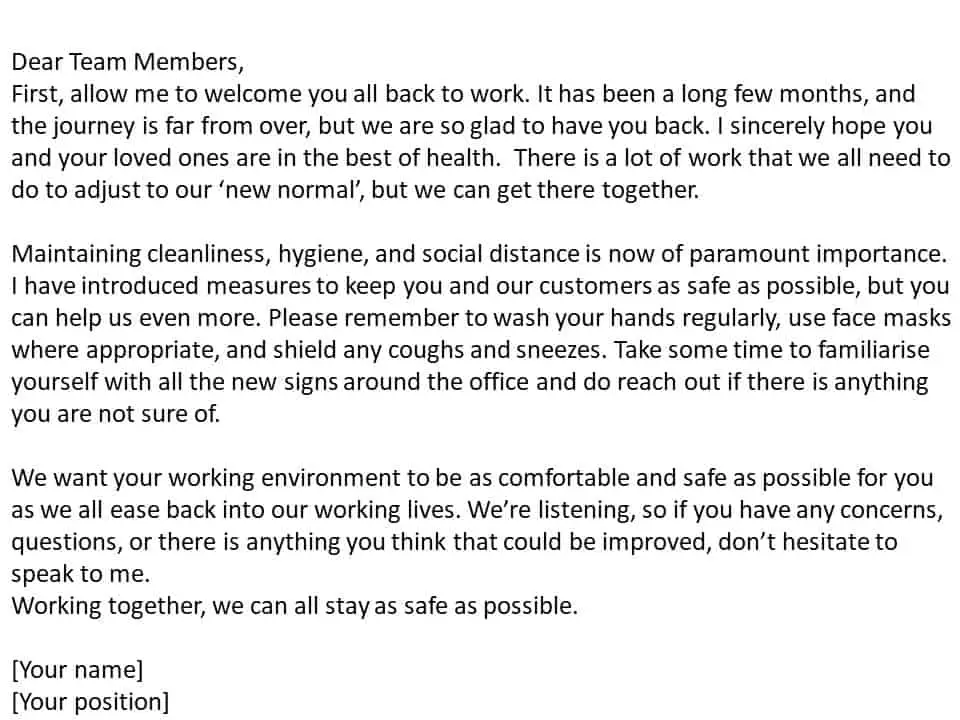Every office needs to have a clean work environment. All employees, including executives, managers, and frontline workers, must keep the workplace clean and tidy.
Office cleanliness etiquette represents a set of rules and regulations for employees. An office cleanliness policy outlines how a workspace should look and how your team can maintain its tidiness.
Glimpse through the following criteria to maintain a cleanliness policy at your office:
Declare Office Cleanliness Rules
Firstly, you must acquaint your employees with the importance of cleanliness in the workplace. You may convey a set of cleaning rules to your employees. These can be posted in the common area, lunchroom, or any other office space to access quickly. Some of the standard cleanliness rules are:
- Maintain a tidy and organized workspace.
- Declutter your work area and common space If you find them disordered.
- Make sure the electrical wiring and cords are bundled up properly.
- Boxes, bags, and other stuff should not block the hallways, fire exits, or doorways.
- Throw the food wrappers in suitable bins.
- Take out the unconsumed food and similar stuff from the office fridge.
- Whenever possible, recycle things and use the compost bins as instructed by the municipality.
It would help if you made your employees aware of the cleanliness policy right from their first day. For instance, you can include these cleanliness rules in the training and onboarding guides. This way, the newly hired employees will be clear on the expected cleanliness etiquette.
Office cleanliness policy sample – Letter Example
Office Cleanliness Policy Sample
The purpose of this policy is to ensure the health and safety of our staff members, clients, and visitors by providing a clean and comfortable working environment. It is essential that all personnel adhere to the policies outlined in this document.
Littering: Littering of any kind is strictly prohibited in all office areas. This includes depositing rubbish, wrappers, liquids or any other type of waste in undesignated places. The correct disposal method should be followed in order to maintain a safe and clean environment both inside and outside of the building.
Sanitation: All staff members are responsible for keeping their workspace clean and tidy at all times. Desks should be regularly wiped down with disinfectant wipes before leaving each day and after eating meals at the desk; shared items such as phones must be sanitized between uses; kitchen surfaces should be cleaned thoroughly on a regular basis; garbage cans must always be emptied as necessary; paper towels must not be reused or left on the floor; common areas must also be kept clean and orderly for everyone’s benefit.
Penalties: All personnel who fail to follow these policies will face disciplinary action up to and including dismissal from service without notice depending on the severity of the violation. Please take note that these policies are subject to change without prior notice so it is important that you stay up to date on any changes by regularly checking your email inboxes for updates from Human Resources or Management on office cleanliness policy changes.
Sincerely Yours,
(Your Name & Designation)
Office cleanliness policy example – Email Message
Subject: Office Cleanliness Policy
Dear colleagues,
As part of our commitment to a safe and healthy work environment, we would like to ensure that our office is kept clean at all times. To this end, we have established an office cleanliness policy which all staff must follow.
The cleaning of the office should take place on a daily basis. This includes dusting, vacuuming, mopping and polishing furniture as needed. All surfaces should be wiped down with disinfectant regularly to prevent the spread of germs. Trash bins should be emptied daily and any spills or stains should be cleaned up immediately. Restrooms should also be cleaned and stocked with supplies on a regular basis.
Staff members are expected to maintain their work areas by clearing off their desks at the end of each day and disposing of paper cups or other trash items in the provided bin. All personal items should be stored away so that they do not impede with the overall appearance of the office space. Computers, phones, and other electronic equipment must also be cleared off at night so that they can be properly dusted and polished when necessary.
We understand that keeping an orderly workplace requires time and effort from everyone but we believe it is well worth it for both our own comfort and for creating a professional atmosphere for our visitors. To this end, all staff must cooperate in order to maintain our high standards for cleanliness in the office.
If you have any questions or concerns about this policy please do not hesitate to contact me anytime!
Thank you for your cooperation!
Sincerely Yours,
(Your Name & Designation)
Memo to staff about office cleanliness
Below, you can see office cleanliness memo examples (office cleanliness policy sample) :

Prioritize Cleanliness
Though having a definite cleanliness policy on paper is good, it is equally important to implement the related rules regularly. In other words, you need to put the policy into practice by leading by example.’ You must keep your workspace ‘lean and motivate others to do the same. You can sometimes assist or guide your employees in following the rules.
For example, when having lunch with your employees, you may offer to pick up their food wrappers from the table while you throw your own into the bin. Similarly, you may wipe your table and nearby counters after lunch. You can also offer to assist a colleague when drying the dishes. This behavior shows your employees that you are willing to help maintain a clean work environment and follow the policy’s rules. Hence, the emplpolicy’se inspired to emulate the same.
See the office etiquette guide video:
Value the Cleaners’ Space and Time
If you hire professional cleaners to look after your office’s hygiene, ensure that your team respects their schedule. The cleaning agencies’ employees usually visit the premises at a particular hour daily. It would help if you ensured that they are allowed the required space to accomplish their work.
Generally, these cleaners look after the following tasks:
- Cleaning washrooms
- Mopping, sweeping, and vacuuming
- Dusting the work arena and significant equipment
- Wiping the compartments of the refrigerator
- Recycling and clearing the garbage
- Sanitizing frequent points of contact like switches and doorknobs.
Sometimes, office employees may have to put their things away from their desks to let the cleaners fulfill their duties. The employees may also be encouraged to take their leftover food from the refrigerator to make it easier for the cleaners to wipe their compartments.
Maintaining the hygiene of your office is not a one-time task. If you wish to keep your office clean and organized, your employees will need regular contributions regarding their workspace habits and etiquette.
Besides having a cleanliness policy, it is good to incorporate cleanliness as a discussion point in business meetings. Meetings provide a reasonable chance to evaluate whether the cleanliness policy is being implemented well. You can also reinforce the importance of cleanliness in these interactions.




